There are a number of national parks in Nepal, but none quite as paradisiacal as Chitwan National Park. Established in 1973, Chitwan became Nepal’s first officially designated national park, and today is a UNESCO World Heritage Site, which means the park has been deemed of “outstanding universal value.”
Sagarmatha National Park has world-famous Mount Everest, the highest peak on Earth, and Bardiya National Park is considered the best Nepali national park in which to spot an endangered Royal Bengal tire, but what sets Chitwan apart from other national parks in Nepal is its subtropical location in the southern part of the country. However, these Inner Terai lowlands, enclosed by the Himalayan foothills, are ideal habitats for the aforementioned Bengal tigers, which can also be found at Chitwan National Park. The park, in fact, is the last surviving example of the natural ecosystems of the Terai region.
Additionally, the Nepali national park Chitwan is perhaps the best park in the country to see other endangered species, particularly the single-horned Asiatic rhinoceros, of which Chitwan National Park is renowned for protecting, and the gharial crocodile, one of the longest of all living crocodilians on Earth, which can grow up to almost 20 feet. Furthermore, Chitwan National Park, recognized as one of the best conservation areas in Asia, is one of the last refuges of the Bengal tiger and single-horned Asiatic rhinoceros in the world. Other animals you might see at the park include sloth bears, leopards, elephants, Bengal foxes, striped hyenas. Golden jackals or any other of Chitwan’s 68 species of mammals.
But it’s not just about the mammals at 360-square-mile Chitwan National Park. Here you will also find 544 species of birds, 126 species of fish and a plethora of snakes, such as rock pythons and king cobras. The Nepali national park Chitwan is also one of the few known breeding sites of the globally threatened spotted eagle.
Are you a fan of flora? Chitwan National Park, one of the most biodiverse in Nepal, consists of subtropical forest, riverine forest and grassland. In fact, there are more than 50 types of grasses at Chitwan, including elephant grass, which can grow over 25 feet tall. Indeed, some of the world’s tallest grasses grow at Chitwan National Park, such as Giant reed and khagra reed. Chitwan is also teeming with Sal trees, which cover approximately 70 percent of the park, Chir pine trees, Rosewood, Axlewood and Grey Downy Balsam.
Things to do at Chitwan National Park
Because of all it has to offer, Chitwan National Park is an outdoor-lovers’ nirvana in Nepal. The park is ideal for trekking, wildlife viewing, bird watching, canoeing, jungle walks, elephant safaris, Jeep safaris, experiencing the customs of the local inhabitants or just relaxing in the nature of one of the planet’s most beautiful national parks. Inside the Nepali national park Chitwan, you will also find Valmiki Ashram, a sacred Hindu pilgrimage site, and can experience a once-in-a-lifetime visit to a Tharu village and see the inside of a traditional mud house.
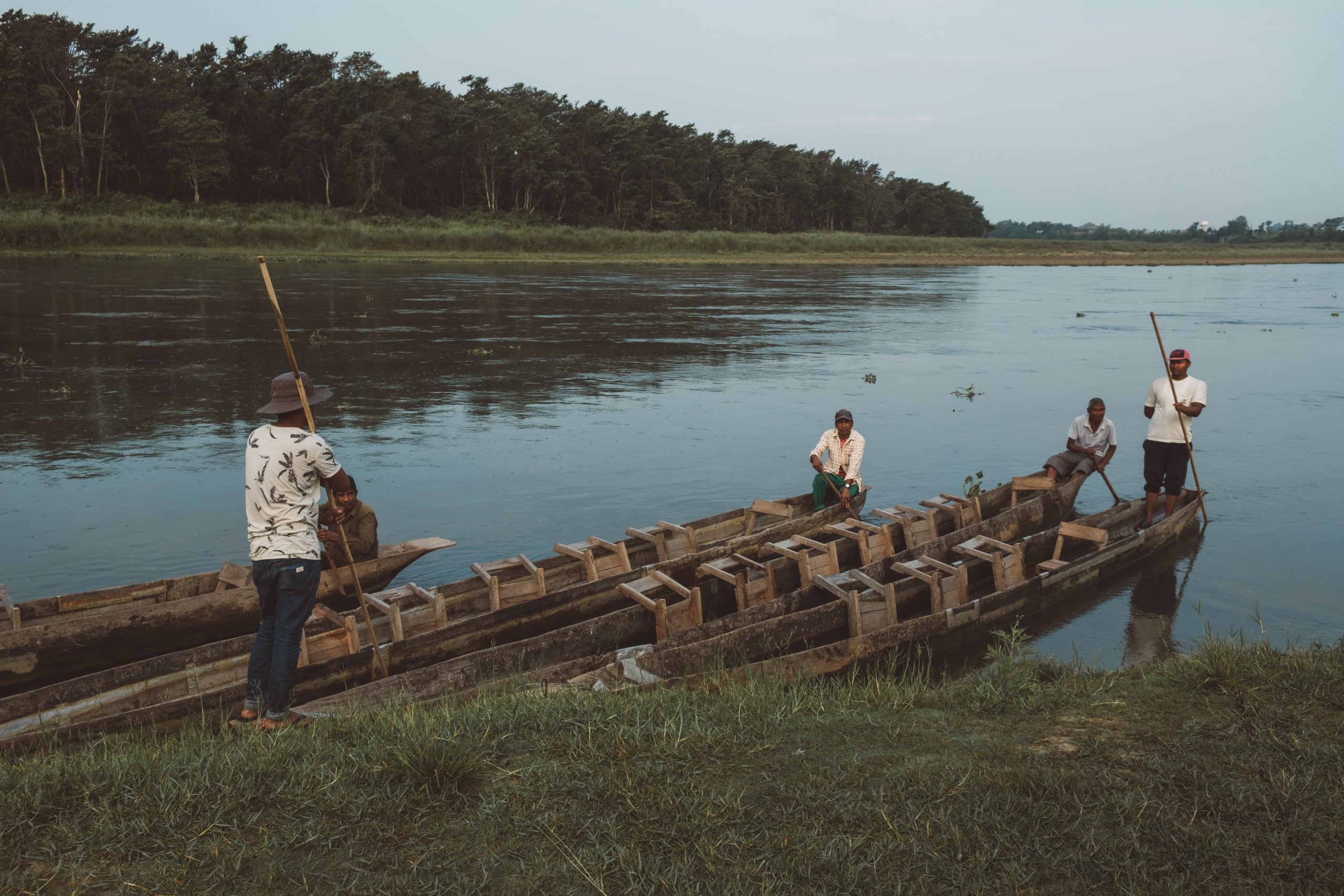
Trekking
Chitwan National Park has miles of well-trodden paths on which to explore the peaceful park on foot. Here you can traverse the park’s large tracts of grassland, meander along a river, ascend the Himalayan foothills or delve deep into the heart of the jungle. Visitors who prefer leaving it up to the professionals can opt for a jungle stroll with a licensed guide, who will focus on particular aspects of Chitwan National Park’s biodiversity. Because the park is located in the warm subtropical lowlands, you will need to bring lightweight and breathable clothing, as well as a hat to shield yourself from the sun, sunglasses, sunscreen, a quality pair of walking shoes or hiking boots and a walking stick. If you plan to hike at dusk or in the early evening, it is recommended you bring a flashlight or some type of lantern. If visiting from November to February, keep in mind that it can be rather cool in the morning and evening, so bring a warm sweater or jacket. Be aware that July to September is monsoon season, so it can get quite wet.
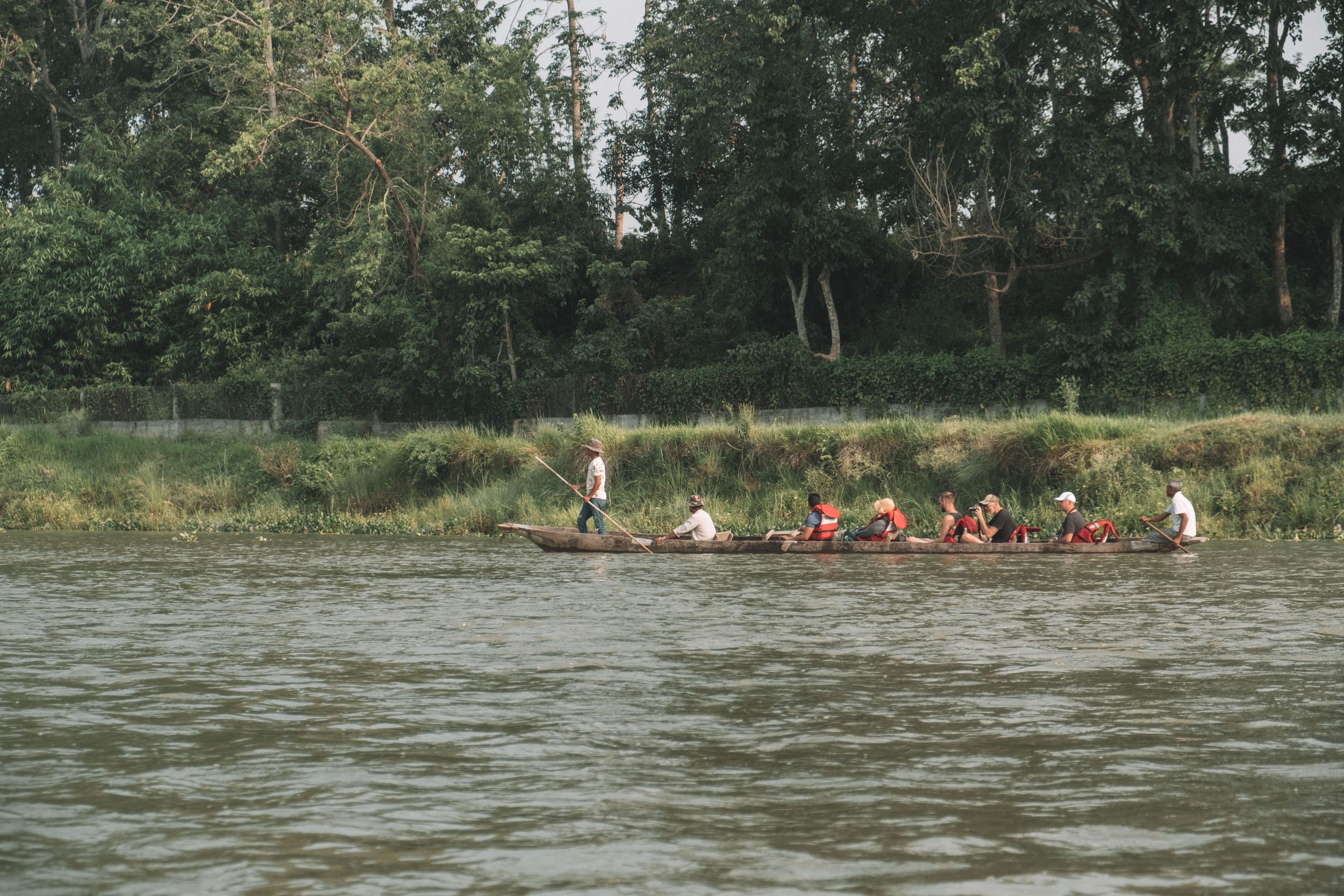
Elephant Safari
Sadly, elephant rides are still offered in Chitwan National Park. We absolutely do not condone elephant riding or elephant exploitation in any way. We hope your moral compass will avoid such activities in Chitwan National Park as with no demand, the elephants will no longer be exploited in the future. Chitwan National Park not only offers elephant safaris but has an elephant breeding centre in Sauraha, one of only two in the world, which was established to increase the elephant population. Visitors to the breeding centre will learn about breeding efforts and be able to observe cow elephants and their calves. Some of the elephants are put in the field to not only help preserve Chitwan National Park but protect its wild animals from poachers. However, there are articles which also point to the cruel practices of the breeding centre, making it a skip for the ethical tourists.
Jeep Safari
If you have qualms about riding an elephant, fear not, as you can also explore the Nepali national park Chitwan via a Jeep safari. The Jeeps are open-roofed in order for visitors to better view the animals, and the drivers make specific stops so people can take pictures. Drivers also educate Jeep safari participants about the animals as well the environment in the park.
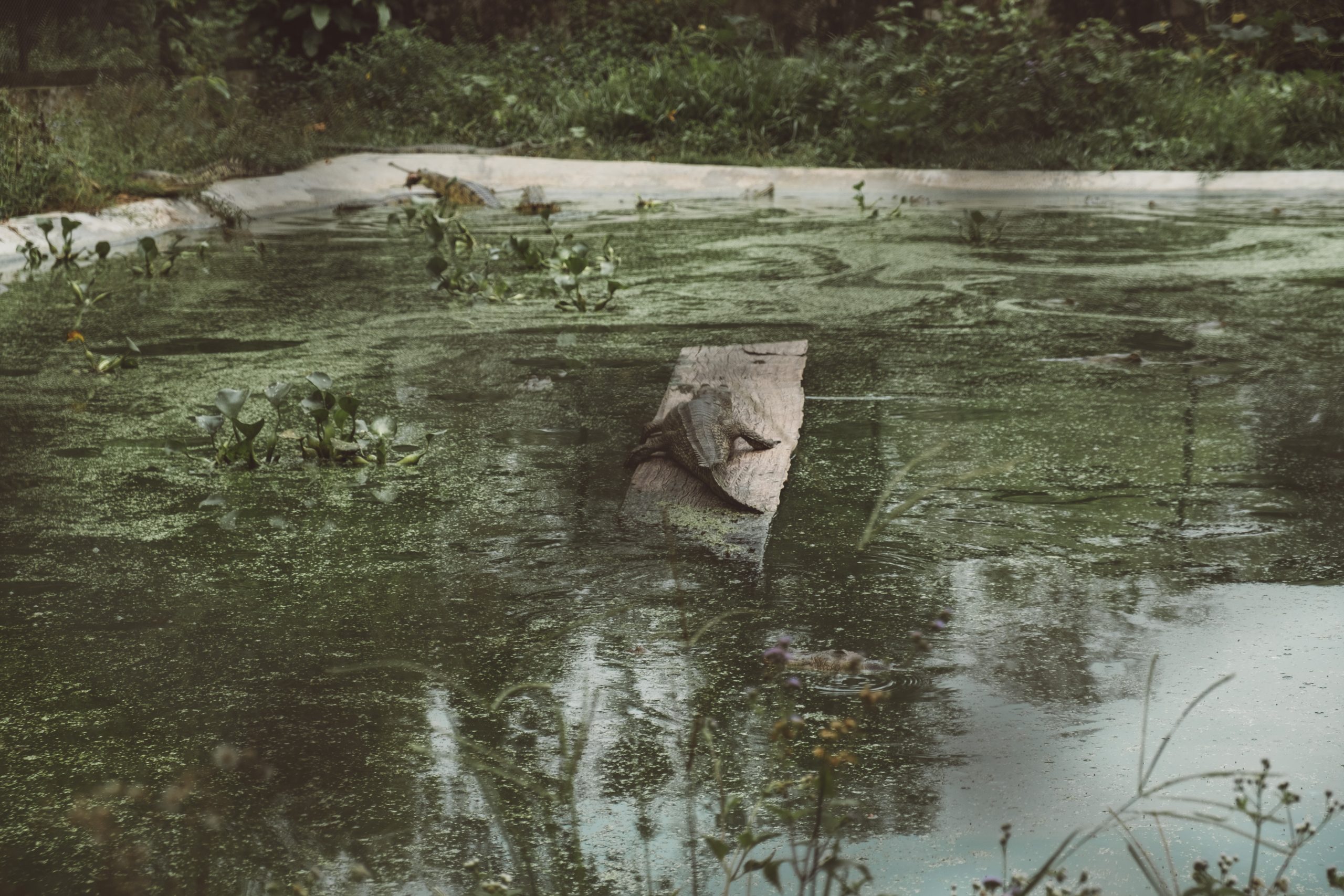
Boating/Canoeing
One of the most serene ways to see Chitwan National Park is by traditional longboat or dugout canoe. This mode of transportation allows you to see the rare gharial and marsh mugger crocodiles up close and personal, as well as other animals such as the rhinoceros. Canoeing or boating along the Rapti River in the park is also a great way to bird watch, enabling you to spot a cornucopia of Chitwan’s beautiful birds, such as the giant hornbill, Grey-crowned Prinia and eagles, all of which your hawk-eyed guide will point out. You can also marvel at any one of the park’s 67 species of butterfly, and might even see an endangered Bengal tiger come down to the river for a drink.
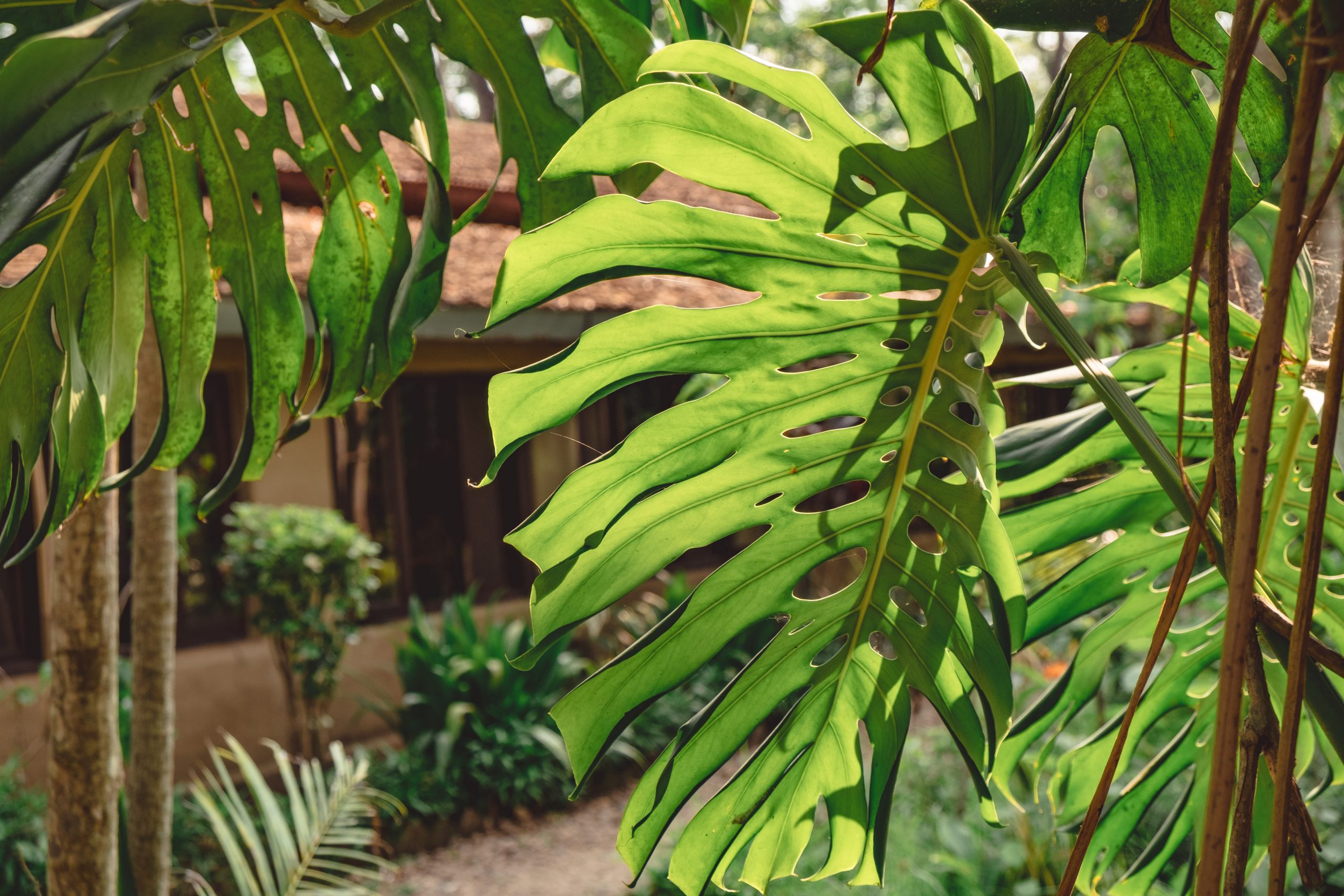
Jungle Walk
If you prefer the power of your own two feet, then taking a jungle walk is the best alternative for seeing the animals and birds of Chitwan National Park. This also allows you to literally stop and smell the flowers, and for the tactile to touch the plants and trees. Explore the dense forests of the park with guides, which are required, who will enlighten you along the way. Jungle walks through Chitwan National Park will also lead you to the Rapti River, but far enough away so you won’t disturb the crocodiles and they won’t disturb you. If lucky, you might get to watch a rhino cool itself down in the river and, as with any of the safaris in the park, catch a rare glimpse of a Bengal tiger.
Jungle Safari Resort offers a host of tour packages, including a 4-hour Jeep safari or a full-day safari, which delves deeper into the forest in order to find the tigers. It is recommended that people do not wear bright colours on Jeep safaris so as not to scare off the animals. Jungle Safari Resort also offers elephant safaris, canoe rides, jungle walks and bird-watching tours, and has accommodations for overnight guests.
Chitwan Jungle Safari also has Jeep safaris and a plethora of packages geared for exploring the park. They offer elephant-back safaris, elephant bathing, jungle walks, wildlife viewing, boating/canoeing and more. With Chitwan Jungle Safari you can also visit an authentic Tharu village, see a Tharu cultural show, visit the elephant breeding centre and much more.

Valmiki Ashram
Do you want to mix some spiritualism with your wildlife viewing? Valmiki Ashram is just the place to do it, as it is located just inside Chitwan National Park. The ashram is named after the sage Valmiki, author of the epic Ramayana which he purportedly wrote in the Chitwan area thousands of years ago. Valmiki Ashram lies within the jungle and is ideal for meditation and a contemplative walk. Here you will find a number of large stone carvings and a sacred temple.

Places to Stay in Chitwan
Sauraha
For many visitors to Chitwan National Park, their base of exploration is the village of Sauraha. It is the eastern gateway to Chitwan National Park. Although small, quaint Sauraha has hotels, restaurants, internet cafes and more, and is an inexpensive base. In addition to the elephant breeding centre, here you will also find a Tharu museum. The Tharu are an indigenous people of the Terai in Nepal who are recognized as an official nationality by the government of Nepal.
Bharatpur
If Sauraha is too small for you, stay at nearby Bharatpur, Nepal’s fourth-largest city. In fact, it is one of the country’s fastest-growing cities and the commercial centre of the Chitwan district. After exploring Chitwan National Park, you can take advantage of all Bharatpur has to offer. This includes the revered Ganeshthan Temple and Bageshwari Temple and nearby Devghat, one of the most famous religious and cultural centres in Nepal. It is also one of the holiest places in Hindu mythology, and home to a number of temples and caves dedicated to Hindu gods, goddesses and saints.
Narayangarh
Narayangarh is Bharatpur’s lively neighbour, basically an extension of Bharatpur or its twin city, and well-known for shopping, restaurants, the Narayani River and as a transportation hub. It is also well-known as the gateway to Chitwan National Park. Narayangarh, as well as Bharatpur, has a plethora of quality hotels for the well-to-do and the budget-conscious and is the perfect jumping-off point for Chitwan National Park.
Guests can also relax in Jungle Wildlife Camp’s dining room or garden and watch the elephants and rhinos bathing in the river. The lodge is well-known for its comfort, cleanliness and friendly staff.
Barahi Jungle Lodge’s rooms include wildlife-inspired décor and artefacts, flat-screen TVs, air conditioning, minibars, showers, private bathrooms and complimentary Wi-Fi. In addition to its fine restaurant, which serves local, regional, Chinese and Continental dishes, Barahi Jungle Lodge also has a business centre, meeting facilities, a library and massage. This luxury lodge is renowned for its traditional hospitality, outstanding views of Chitwan National Park and river-facing stand-alone cottages.
Located near the park and the Narayani River, Tiger Tops Tharu Lodge is built in the Tharu longhouse style from local materials. Tiger Tops is a renowned pioneer of wildlife tourism and sustainable ecotourism. The Tiger Tops Tharu Lodge is a serene wilderness retreat “fused with local cultural encounters.” The intimate lodge consists of 12 rooms and nine safari tents. It has a pool and its own herd of domestic elephants. Tiger Tops Tharu Lodge also offers its visitors a number of excursions in Chitwan National Park, including a day with the elephants and tailor-made experiences for the family.

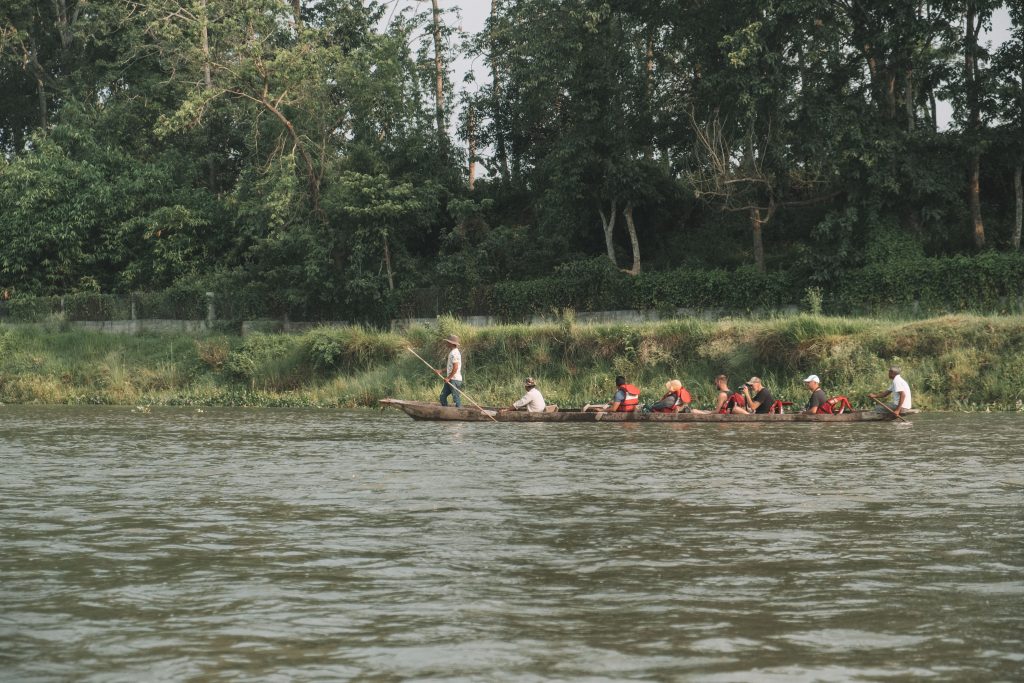


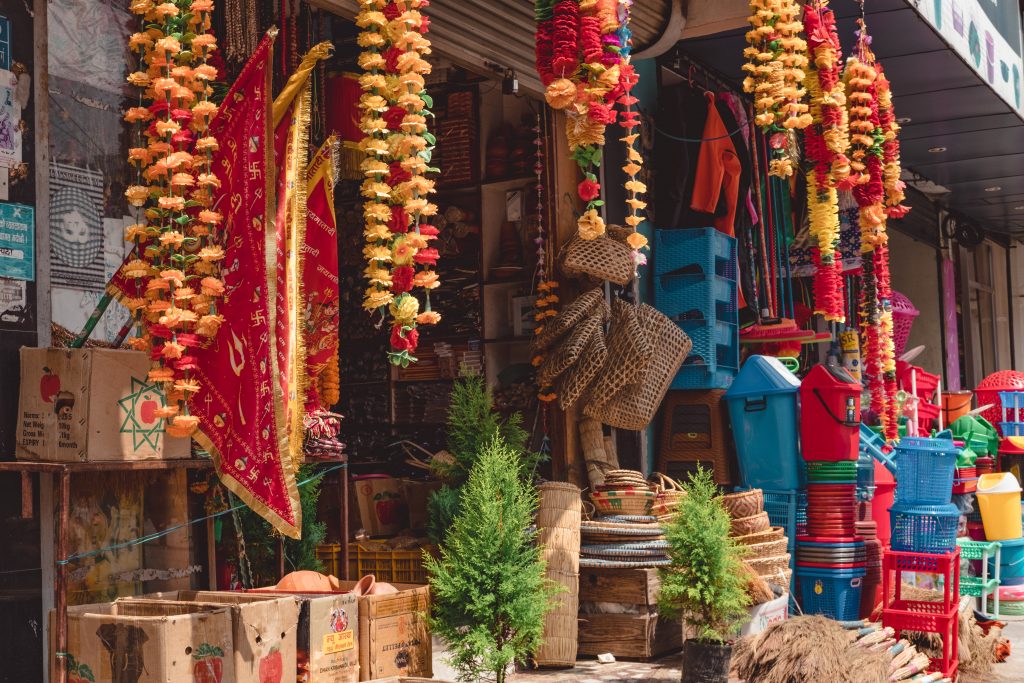
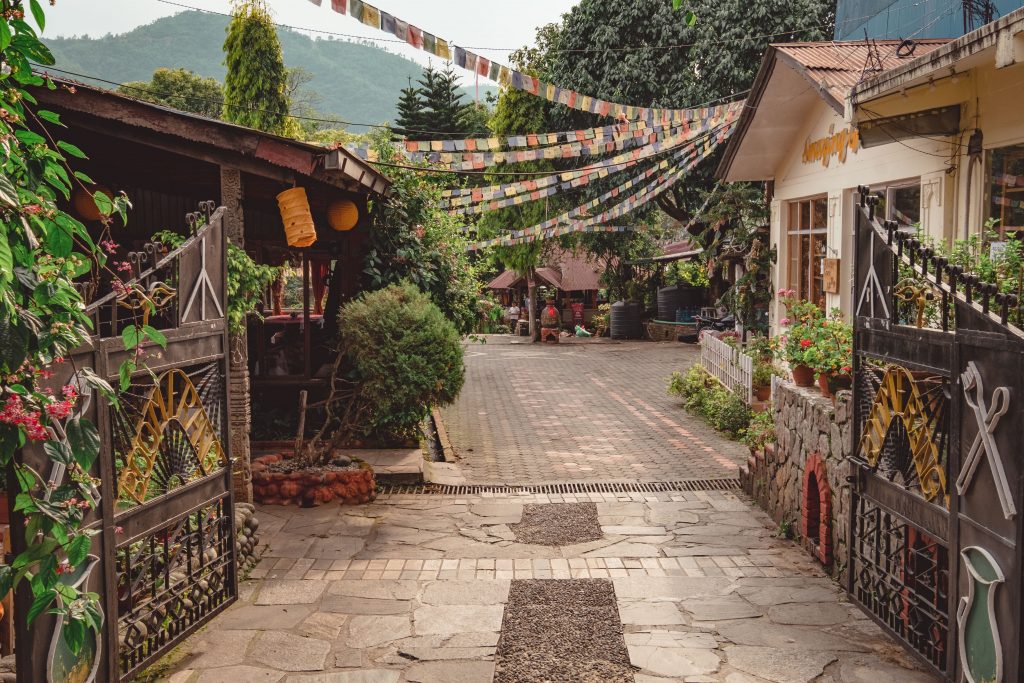
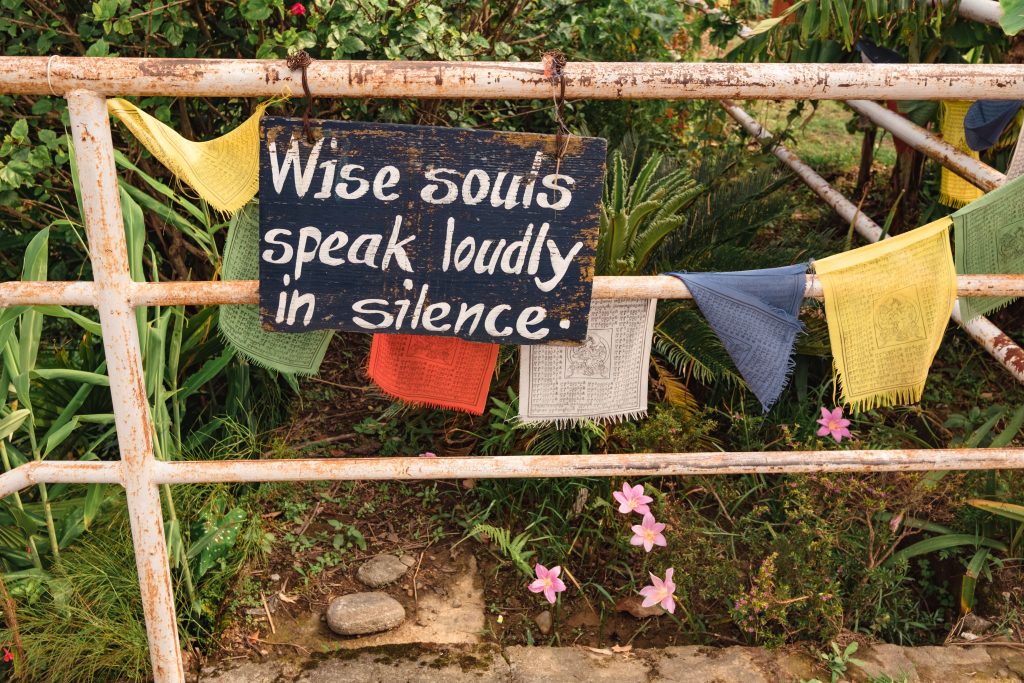


Leave a Reply